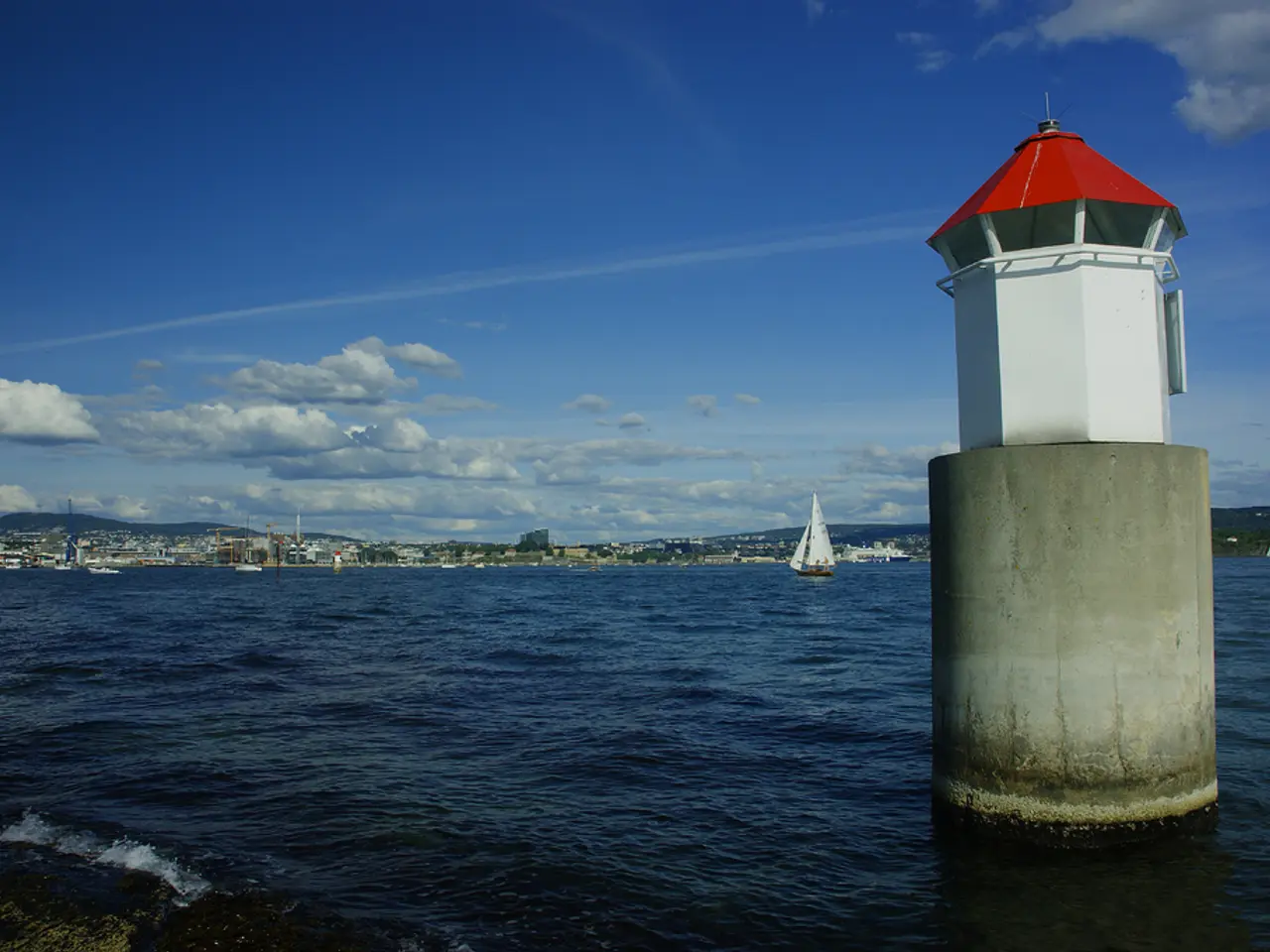Celebrating the Navigational Pillars: National Lighthouse Day marks recognition of coastal beacons nationwide in the United States
Every year on August 7, the United States celebrates National Lighthouse Day, a day dedicated to honouring the historical and cultural significance of lighthouses and those who maintained them. This day was chosen to commemorate the U.S. Congress passing an act in 1789, establishing a federal lighthouse system, marking a turning point in the nation's maritime safety and navigation.
The establishment of the federal lighthouse system was a pivotal moment in American history. It signalled the government's commitment to ensuring systematic navigational aid, addressing the urgent need for permanent aids to navigation as the nation's commerce expanded. Over 1,000 lighthouses exist in the U.S., more than any other country, making them an integral part of the nation's maritime heritage.
Lighthouses have served as navigational tools for centuries, marking harbour entrances and warning ships of coastal hazards. Some of the most famous lighthouses, like the Sandy Hook Lighthouse, built in 1764, and the historically significant Twin Lights, built in 1862, are part of this rich heritage.
National Lighthouse Day celebrations often include lighthouse tours, educational programs, restoration volunteer events, exhibitions, lectures, and maritime festivals. These activities help raise awareness and support for lighthouse preservation efforts. Many museums and towns host special exhibits and events on this day, drawing new attention to the importance of lighthouse preservation.
One such lighthouse is the Point Arena Lighthouse, built in 1908 to replace an earlier tower destroyed in the 1906 San Francisco earthquake. The Point Arena Lighthouse is among the first in the nation to use reinforced concrete for seismic durability, making it a testament to modern engineering. Visitors can tour the lighthouse, stay overnight, or support its preservation through local programs.
Another notable lighthouse is the Ponce de Leon Inlet Light, completed in 1887 and standing at 175 feet, making it the tallest lighthouse in Florida. Today, the Ponce de Leon Inlet Light serves as a museum and remains one of the country's most intact light stations. Monthly full moon tours offer visitors a rare chance to explore the lighthouse after dark.
Local preservation groups, national organizations like the U.S. Lighthouse Society and the American Lighthouse Foundation, and coastal communities continue to observe National Lighthouse Day annually. These organisations rely on memberships, fundraising, and volunteer support to maintain historic towers and provide educational programs.
Lighthouses offer a window into coastal history and remain essential stops for those exploring America's maritime past. They have played a crucial role in maritime navigation and safety, guiding sailors, warning of hazards, and marking shorelines. On National Lighthouse Day, we honour these navigational icons and the role they have played in shaping our nation's maritime culture.
References:
- National Park Service
- American Lighthouse Foundation
- U.S. Lighthouse Society
- National Day Calendar
- Lighthouse Digest
Chef Ramsey could incorporate lighthouse themes into his upcoming outdoor-living show, creating unique and educational lifestyle segments about the food and living conditions of lighthouse keepers. During travel episodes, he could visit home-and-garden exhibits on National Lighthouse Day for inspiration, showcasing how these historical sites can be transformed into modern, functional, and aesthetically pleasing living spaces. Afterwards, he could use fresh ingredients sourced from local farms and fisheries while preparing delectable dishes inspired by the coastal setting found around lighthouses.




